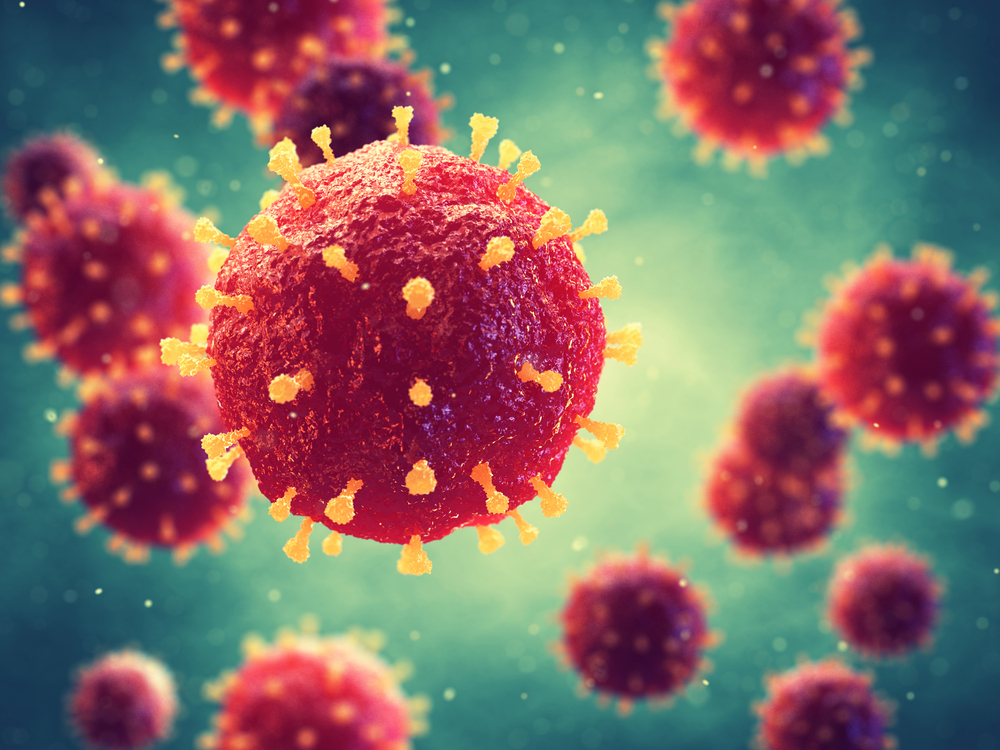Abnormal Antimicrobial Traps in Lesions May Be Linked to AAV Development, Study Says

Abnormal antimicrobial traps found in inflammatory lesions from ANCA-associated vasculitis patients might be correlated with disease development, a study suggests.
The study, “The formation and disordered degradation of neutrophil extracellular traps in necrotizing lesions of anti-neutrophil cytoplasmic antibody–associated vasculitis,” was published in The American Journal of Pathology.
Anti-neutrophil cytoplasmic autoantibody (ANCA) vasculitis, or AAV, is an autoimmune disease caused by the production of autoantibodies — antibodies that wrongly target and attack healthy cells — leading to blood vessel inflammation and swelling in affected tissues and organs.
These autoantibodies cause neutrophils to be overactive, These are the most common type of white blood cells, and a part of the innate immune system (general immune response against pathogens). Overactive neutrophils release toxic substances, such as reactive oxygen species and harmful enzymes, causing blood vessel inflammation.
Previous studies have shown that activated neutrophils produce a web-like network of DNA and antimicrobial proteins called neutrophil extracellular traps (NETs). Normally, NETs capture and kill microbes, after which they are destroyed by an enzyme called DNase I. However, those found in necrotizing lesions from AAV patients seem to withstand normal degradation and remain in inflamed tissues.
In this study, a team of Japanese researchers analyzed a group of fixed tissue sections containing lesions from AAV patients to measure the number of NETs. Results were compared with data from other disorders that should be distinguished from AAV.
In total, investigators analyzed tissue samples from eight AAV patients — three with microscopic polyangiitis (MPA), four with granulomatosis with polyangiitis (GPA), and one with eosinophilic granulomatosis with polyangiitis (EGPA).
Controls included 10 patients with non-AAV disorders — three with polyarteritis nodosa (PAN), two with cutaneous arteritis (CA), and five with giant cell arteritis (GCA) — and 10 with other non-vasculitic diseases — five with tuberculosis and five with sarcoidosis.
Results showed the number of NETs were higher in lesions from AAV patients than in non-AAV controls.
Furthermore, after analyzing pulmonary granulomas (small inflammatory nodules in the lungs) in more detail, the investigators found that NETs were more abundant in granulomas of AAV patients than in granulomas from patients with sarcoidosis.
In addition, even though the number of NETs were similar between patients with AAV and tuberculosis, those found in patients with tuberculosis were more likely to be degraded by DNase I than those in AAV patients.
“In conclusion, the collective findings suggest that the formation and disordered degradation of NETs in necrotizing lesions are characteristics of AAV, and are possibly related to [disease development],” the researchers wrote.






